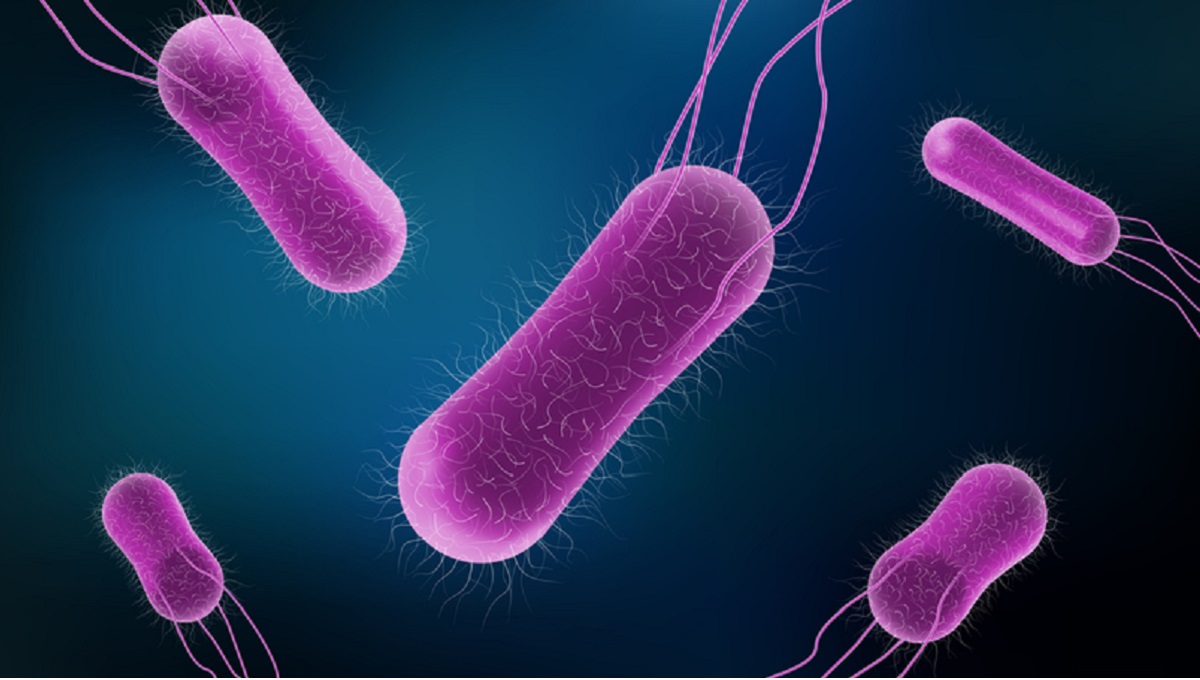Most foodborne infections rose in Sweden in 2022 compared to the year before, according to the latest figures.
A report by the National Veterinary Institute (SVA), Folkhälsomyndigheten (the Public Health Agency of Sweden), Livsmedelsverket (the Swedish Food Agency) and Jordbruksverket (Swedish Board of Agriculture) showed a rise for Campylobacter, Salmonella, Listeria, and E. coli infections. Some of this was because of increased travel and more people being infected abroad.
A total of 5,165 cases of campylobacteriosis were reported in 2022 and 57 percent of these were domestic. This is up on more than 4,000 cases in 2021. For domestic infections in 2022, the median age was 51 with a range of 0 to 101. More men, 54 percent, than women were sick.
A correlation between human cases and Campylobacter-positive broiler batches underscores the need for further preventive measures, said the report.
Salmonella stats
In total, 1,137 cases of salmonellosis were reported, compared to 944 in 2021. Almost 450 people were considered to have been infected abroad. Among domestic cases, the median age was 44 and incidence was highest for children younger than 5 years old. Of serotyped isolates from domestic patients, the most common were Salmonella Typhimurium, Enteritidis, Agona and monophasic Salmonella Typhimurium. Another 59 different types were identified during 2022.
Six outbreaks involving 10 or more people occurred. In December, Salmonella Enteritidis was detected in laying hens at the largest egg producing facility in Sweden. Although it is the most common cause of salmonellosis in Europe, in Sweden the serovar had been detected in commercial laying hens only three times since 2003. The outbreak has caused 81 human infections, mainly during 2023.
The source in the laying flock has yet to be identified. However, isolates are genetically similar to those from other EU outbreaks caused by eggs contaminated with Salmonella Enteritidis. Belgium had a large outbreak with an almost identical strain in early 2022 linked to eggs from a domestic producer. The outbreak strain is also similar to a smaller Danish egg-linked event in summer 2022.
Fifteen people were infected with Salmonella Liverpool in frozen pre-cooked crayfish from China. Five cases were also recorded in 2021. However, the producer had only been approved for export in February 2022 and the importer had received crayfish from another firm in past years, so it was not possible to identify a connection to previous ill people.
Two Swedish producers were connected to a Salmonella typhimurium outbreak caused by rocket salad. Overall, 109 people fell sick and patients were also recorded in Finland. A Salmonella Agona outbreak affected 35 people. Cases were also recorded in Norway and the Netherlands. The suspected source was Spanish cucumbers.
E. coli and Listeria
In 2022, 857 E. coli cases were reported of which 583 were domestically acquired. As in previous years, the incidence was highest in children younger than 5. In total, 79 different serotypes were identified. The most common types were O157:H7, O26:H11, and O103:H2. A total of 653 patients were reported in 2021.
STEC-associated Hemolytic Uremic Syndrome (HUS) was reported in 19 patients of which 17 were domestically acquired. Eleven HUS patients were children under the age of 10. No single serotype caused more than two HUS cases.
Three investigations were carried out after human cases were detected with suspected connection to farm animals. Suspicions fell on drinking unpasteurized milk or direct contact with cattle. All farms were negative for STEC. A source could not be found in three outbreaks caused by O121:H19, O63:H6 and a combination of O103:H2 and O157:H7.
In total, 125 Listeriosis cases were reported compared to 107 in 2021. The median age was 79 and as in previous years, most were older than 80. Sixty-seven cases were females and 57 were males. Overall, 45 people died within one month from diagnosis.
Five patients with a rare strain of Listeria monocytogenes in Sweden were included in a larger cluster with cases from 2019 to 2022. All were notified in autumn but the source of infection was not identified.
Salmon raw material that became contaminated during processing in Norway was the source of one outbreak with four patients. Sixteen cases recorded from 2020 to 2022 were linked to products from a meat processing plant.
Listeria monocytogenes was detected in an opened pack of a washed rind cheese taken at the home of a sick person. Four other patients from 2018 through 2022 were identified. However, analysis at EU level found the source was salmon and not cheese. The five patients in Sweden were linked to 11 cases in five other countries from 2017 to 2022.
Cryptosporidium, Yersinia and Brucella
In 2022, 716 cryptosporidiosis cases were reported. The median age was 38 and 55 percent were women. A total of 550 people were infected in Sweden. The total is up from 524 cases in 2021.
Between late September and mid-October, 107 cases with Cryptosporidium parvum were detected in 15 different regions. The median age was 40 and more females than males were infected. Epidemiological investigations pointed toward contaminated frisée lettuce in ready-to-eat green leaf mixes as the probable cause.
A total of 238 Yersinia cases were reported, down from 313 in 2021. Like previous years, the incidence was highest among children younger than 5. Yersinia is not part of the national microbial surveillance program in Sweden but no outbreaks were detected.
In 2022, 10 cases of brucellosis were reported. They ranged in age from 25 to 71 including five men and five women. Three people were infected in Sweden by a goat cheese from Iraq. Six acquired their infections in Iraq and for one person the country of infection was unknown. For seven cases, unpasteurized dairy products were the probable source of infection.
(To sign up for a free subscription to Food Safety News, click here.)

